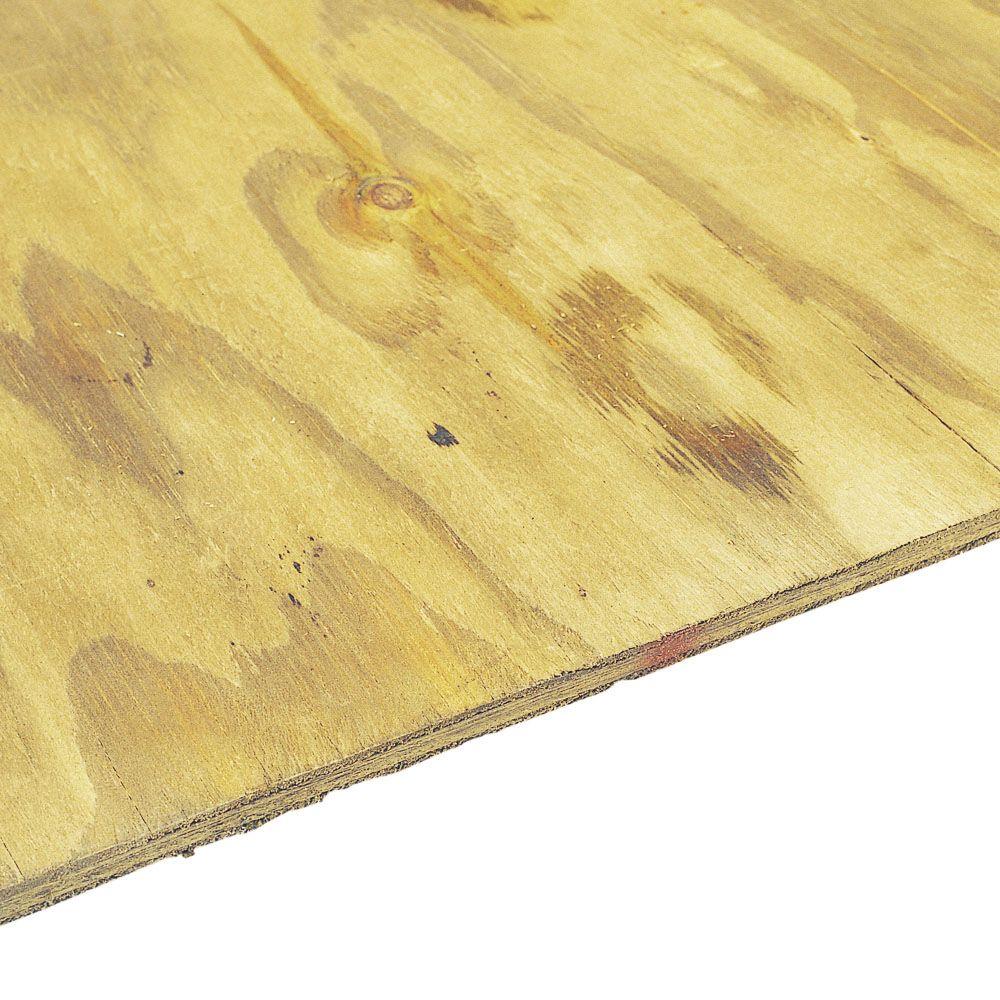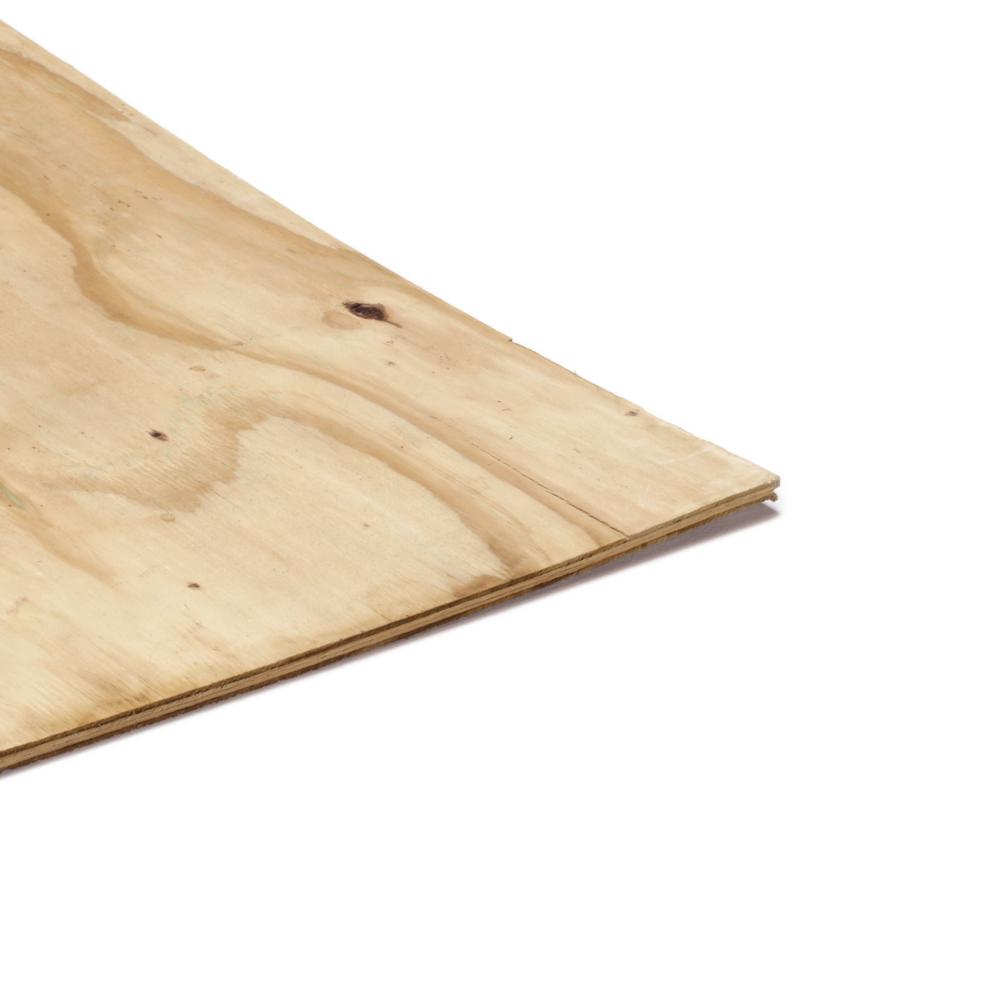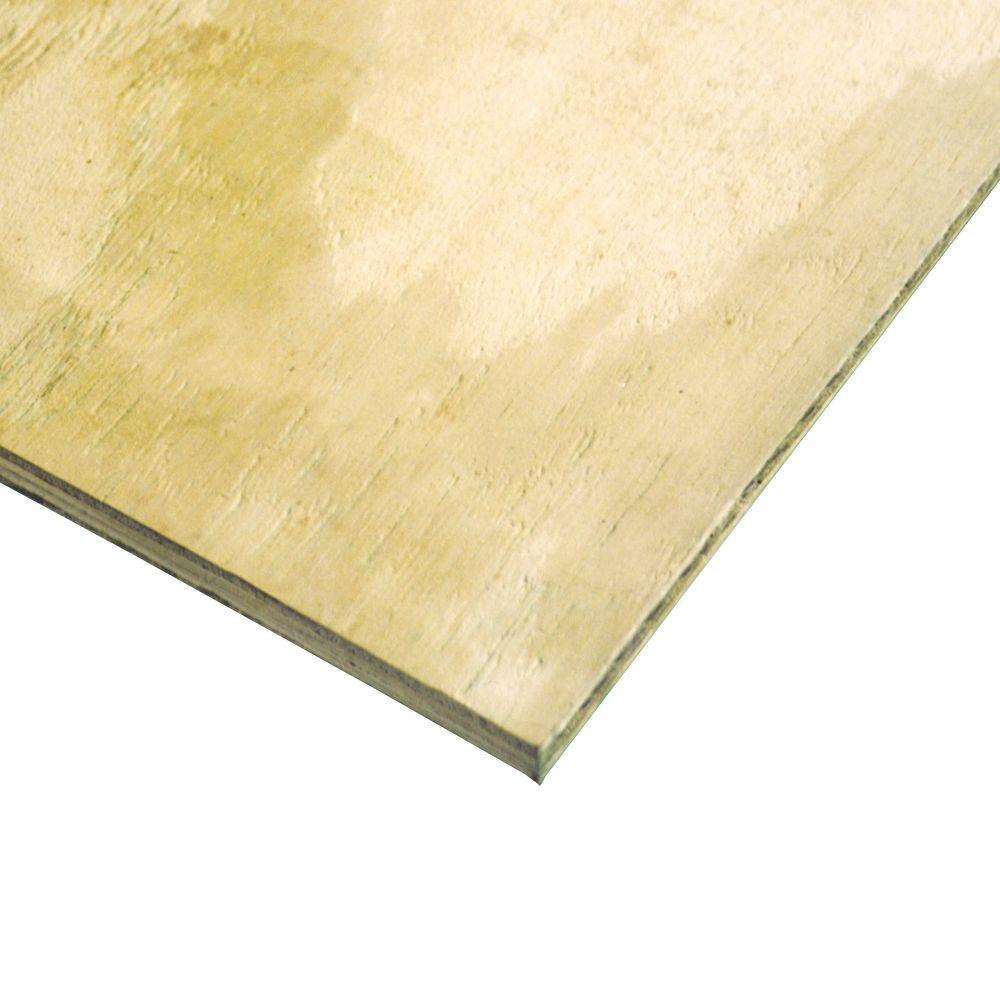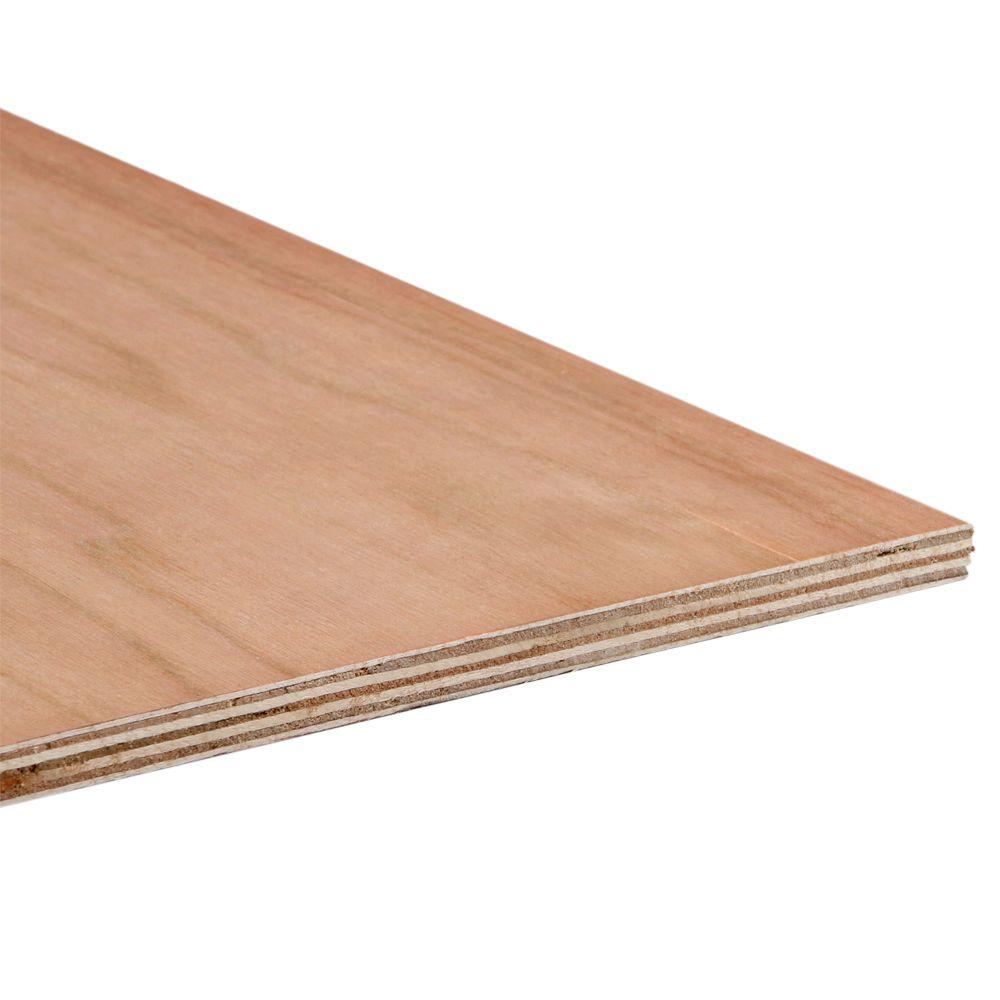Plywood is a popular choice for residential and light duty construction and is made from thin sheets of veneer that have been peeled from debarked wood.
Creating a smooth treated plywood floor.
A grade plywood is ideal for furniture or cabinet doors.
Avoid using 1 2 inch plywood sheathing for a floor.
Pressure treated plywood is the best option for a shed as it provides a smooth.
However it is susceptible to water damage and the crack where the tongue and groove interlock collects dirt and tends to catch edges when sliding objects across the floor.
You ll save money but you ll need plenty of time to complete the project.
A grade plywood features a smooth sanded surface without knots.
To hide the plywood grain mix dilute floor leveling compound and spread it over the whole floor using a 6 inch drywall knife.
The minimum thickness you need for standard 16 inch on centers joists is 5 8 inches but 3 4 inch plywood makes a more stable floor and is a.
3 4 inch thick t g plywood is another option and is better than pressure treated lumber.
Although you want the finished floor to resemble wood grain leaving the plywood grain exposed will belie the painted effect you create because the grain of some sheets runs perpendicular to the the painted grain.
Creating finished plywood floors isn t an overnight project.
It can also be used under hardwood laminate and carpet but this is much less common these days because subflooring is typically smooth enough for these materials many of which are installed with a different type of underlayment or pad.
These thin layers also called plies are glued together in alternating perpendicular directions to create a cross graining pattern.
This pattern results in added strength and stability that resists shrinkage and expansion.
The short ends of a 4 by 8 sheet of plywood fit from the center of one joist to the center of another joist.
B grade plywood also features a smooth sanded surface but may have more repaired defects up to 1 inch across.
When you re done you ll have a durable uniquely.










